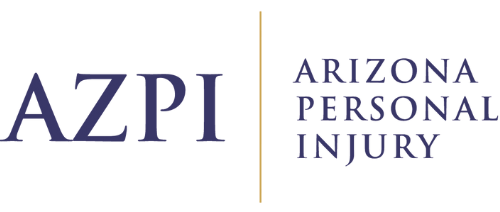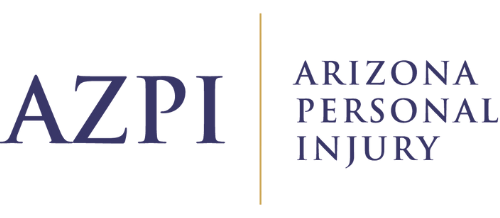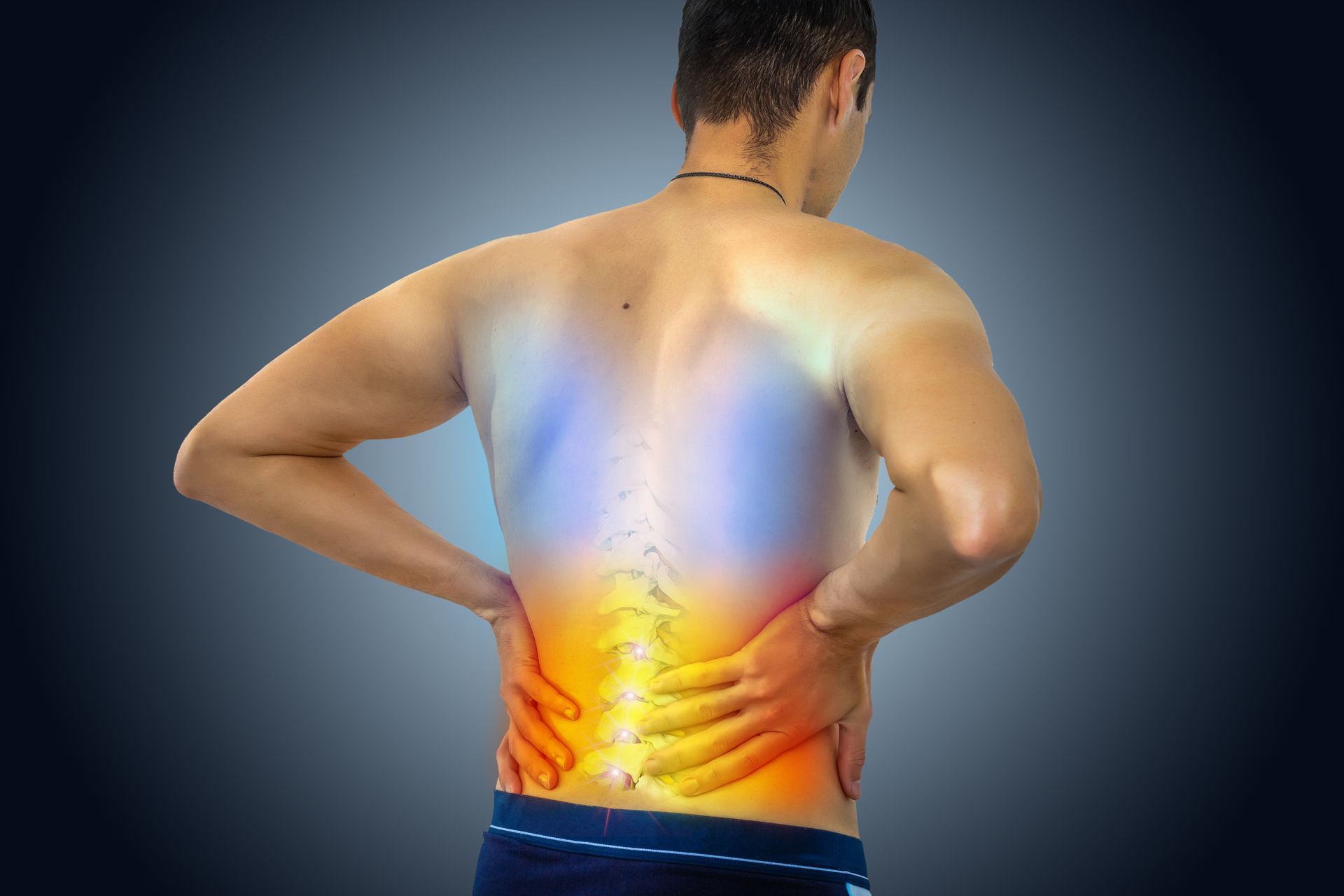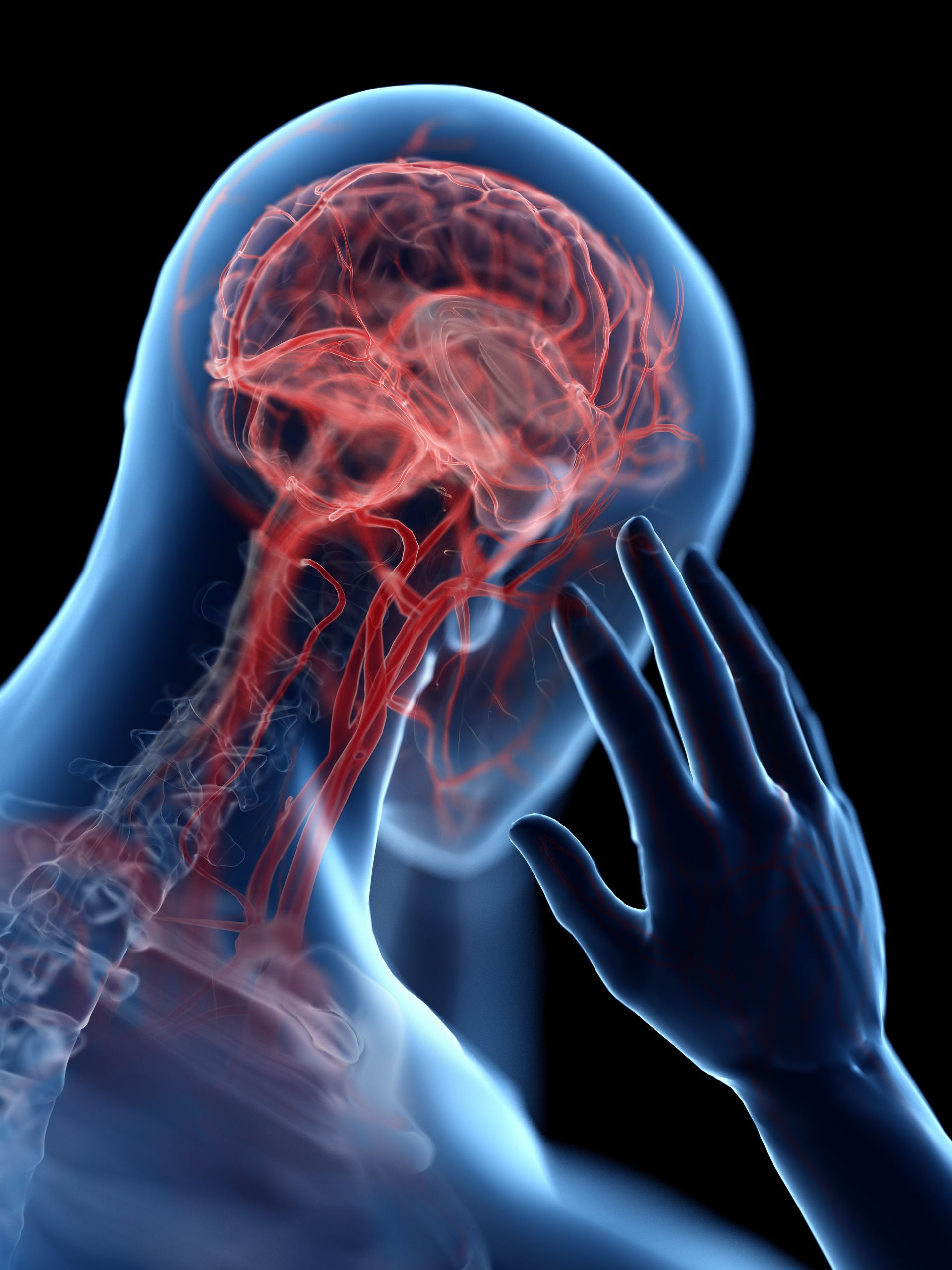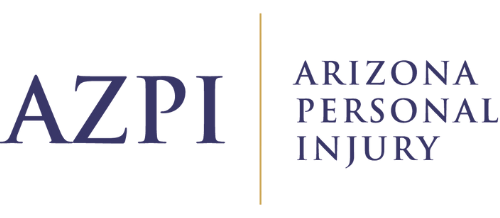Pain Management
for Car Accident Injuries
Pain after a car accident can be hard to handle, but good pain management is important for healing. At Arizona Personal Injury, our pain management services help you feel better and get back to your daily life. Learn how our pain management can help you heal and improve how you feel every day.
Pain Management
for Car Accident Injuries
Pain after a car accident can be hard to handle, but good pain management is important for healing. At Arizona Personal Injury, our pain management services help you feel better and get back to your daily life. Learn how our pain management can help you heal and improve how you feel every day.
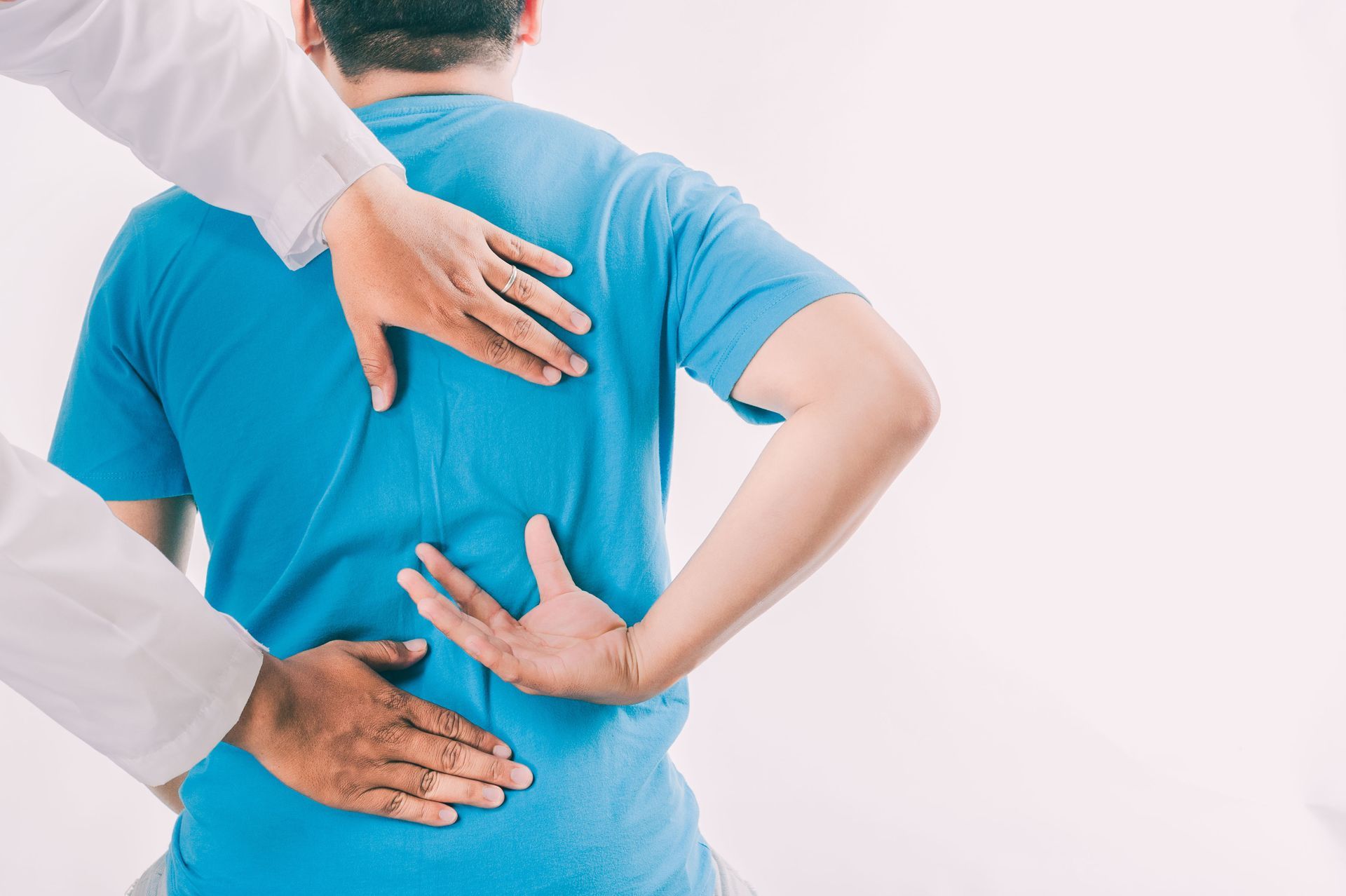
Understanding Pain After an Injury
Pain management includes different treatments to help reduce or stop pain. After a car accident, pain can come from many sources, like muscle strains, nerve injuries, or broken bones. Treating pain early is important to stop it from getting worse and to help your body heal.
In Phoenix, AZ, where staying active is important, managing pain well matters a lot. Pain management uses both medicine and therapy to relieve pain and help with healing. The goal is to reduce pain, help you move better, and get back to your normal activities as soon as you can.
Common Types of Pain After Car Accidents
Acute Pain
Acute pain happens right after an injury and is often sharp and strong. This type of pain usually gets better as your body starts to heal. It’s common with broken bones, sprains, and cuts. Managing acute pain often involves medicines, rest, and special therapies to reduce swelling and help healing.
Chronic Pain
Chronic pain lasts a long time, sometimes for months or even years after the injury. It can happen if nerves are damaged or if injuries do not heal completely. Chronic pain can make everyday life harder. Managing chronic pain often involves a mix of medicines, physical therapy, and other supports to help with pain and daily life.
Nerve Pain
Nerve pain, or neuropathic pain, happens when nerves are damaged. This pain can feel like shooting, burning, or stabbing. It might not get better with regular painkillers and may need special treatments, like nerve blocks or specific medicines for nerve pain.
Acute Pain
Acute pain happens right after an injury and is often sharp and strong. This type of pain usually gets better as your body starts to heal. It’s common with broken bones, sprains, and cuts. Managing acute pain often involves medicines, rest, and special therapies to reduce swelling and help healing.
Chronic Pain
Chronic pain lasts a long time, sometimes for months or even years after the injury. It can happen if nerves are damaged or if injuries do not heal completely. Chronic pain can make everyday life harder. Managing chronic pain often involves a mix of medicines, physical therapy, and other supports to help with pain and daily life.
Nerve Pain
Nerve pain, or neuropathic pain, happens when nerves are damaged. This pain can feel like shooting, burning, or stabbing. It might not get better with regular painkillers and may need special treatments, like nerve blocks or specific medicines for nerve pain.
Effective Pain Management Techniques
Medication Management
Medications are important for managing pain after an injury. Over-the-counter pain relievers like acetaminophen or ibuprofen can help with mild pain. For stronger pain, prescription medicines like opioids or muscle relaxants may be needed. It’s important to take these medicines carefully to avoid side effects and dependence.
Physical Therapy and Rehabilitation
Physical therapy helps with pain management, especially for muscle and joint injuries. Therapists use exercises to improve movement, strength, and flexibility, which can reduce pain over time. Each rehabilitation program is made for the patient, focusing on their specific injury and pain level.
Interventional Pain Management
Interventional pain management includes treatments like nerve blocks, epidural injections, and trigger point injections. These can provide relief, especially for nerve pain. By targeting the source of pain directly, these methods can help reduce pain and swelling, improving comfort and movement.
Alternative Therapies
Some patients find relief with alternative therapies like acupuncture, chiropractic care, and massage. These treatments can add to traditional pain management methods, giving more relief and improving overall health. Using these therapies as part of a pain management plan can help treat pain in different ways.
Effective Pain Management Techniques
Medication Management
Medications are important for managing pain after an injury. Over-the-counter pain relievers like acetaminophen or ibuprofen can help with mild pain. For stronger pain, prescription medicines like opioids or muscle relaxants may be needed. It’s important to take these medicines carefully to avoid side effects and dependence.
Physical Therapy and Rehabilitation
Physical therapy helps with pain management, especially for muscle and joint injuries. Therapists use exercises to improve movement, strength, and flexibility, which can reduce pain over time. Each rehabilitation program is made for the patient, focusing on their specific injury and pain level.
Interventional Pain Management
Interventional pain management includes treatments like nerve blocks, epidural injections, and trigger point injections. These can provide relief, especially for nerve pain. By targeting the source of pain directly, these methods can help reduce pain and swelling, improving comfort and movement.
Alternative Therapies
Some patients find relief with alternative therapies like acupuncture, chiropractic care, and massage. These treatments can add to traditional pain management methods, giving more relief and improving overall health. Using these therapies as part of a pain management plan can help treat pain in different ways.
Why Choose a Comprehensive
Pain Management Approach?
A comprehensive pain management approach does more than just treat the symptoms; it also focuses on the causes of pain. By using a mix of methods—medications, therapy, special treatments, and alternative therapies—this approach helps manage pain better. It not only reduces pain but also helps improve movement and overall well-being.
Patients benefit from this approach because it allows for more personalized care. Understanding the type of injury and pain helps create a treatment plan that addresses all aspects of the patient’s condition. This often leads to faster healing and a better quality of life after an injury.
What to Expect During Pain Management
The pain management process starts with a detailed look at your pain and what’s causing it. This includes checking your medical history, physical exams, and sometimes tests. A treatment plan is then made to outline the best ways to manage your pain.
Throughout your treatment, there will be regular check-ups to make sure the pain management plan is working well. Changes can be made to the plan if needed. Staying in touch with healthcare providers helps ensure the best possible results.
Begin Your Pain Management Journey Today
Living with pain doesn’t have to be your new normal after a car accident. Effective pain management can help you feel better and get back to your life. At Arizona Personal Injury, we offer a range of services to help with pain and recovery. Contact us today to set up an appointment and start your recovery journey.
All Rights Reserved | Arizona Personal Injury
View Our Privacy Policy | Terms of Service | Disclaimer
